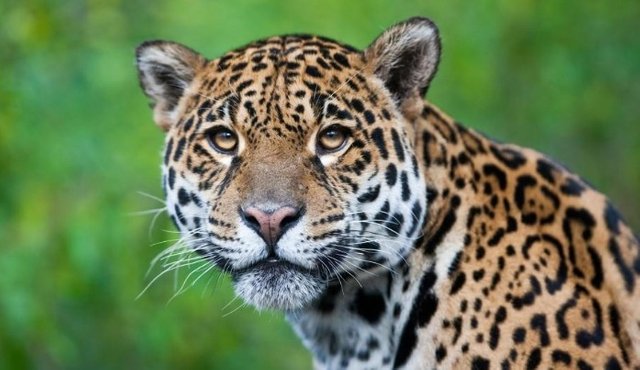tiger a most powerful
Next to the elephant and the lion, no wild animal is so frequently portrayed in Asian art. The persistent practices of using tiger parts as talismans, tonics, or medicine, despite all scientific evidence contrary to their efficacy, are manifestations of beliefs that emanate from the aura of the tiger and the awe that it has inspired for millennia. Certain animist communities still worship the tiger. Every 12th year of the Chinese calendar is the year of the tiger, and children born in it are considered especially lucky and powerful. In Hindu mythology the tiger is the vahana (“vehicle”) of the goddess Durga. Tigers are represented on seals from the ancient Indus civilization. The greatest of the Gupta emperors of ancient India, Samudra, minted special gold coins depicting him slaying tigers. Tippu Sultan even vented his frustration at his inability to defeat the British by ordering a special life-size toy, replete with sound, of a tiger mauling a British soldier.
At the beginning of the 20th century, the world’s tiger population was estimated at 100,000, even though they had been hunted for at least a thousand years. Tigers were prized as trophies and as a source of skins for expensive coats. They were also killed on the grounds that they posed a danger to humans. As the century drew to a close, only 5,000 to 7,500 were left in the wild, and captive tigers may now outnumber wild ones. Since then, the world’s tiger population has declined to about 3,200 animals. The South China tiger (P. tigris amoyensis) is the most endangered, with only a few dozen animals remaining. The Malayan subspecies (P. tigris jacksoni), which was determined to be genetically distinct from the Indo-Chinese subspecies (P. tigris corbetti) in 2004, is composed of perhaps 500 individuals. The Siberian and Sumatran subspecies number less than 500 each, and the Indo-Chinese population is estimated at less than 300. Three subspecies have gone extinct within the past century: the Caspian (P. tigris virgata) of central Asia, the Javan (P. tigris sondaica), and the Bali (P. tigris balica). Because the tiger is so closely related to the lion, they can be crossbred in captivity. The offspring of such matings are called tigons when the male (sire) is a tiger and ligers when the sire is a lion.
THKS for sharing KEEP Steeming. (Get a tiger pic- below) :)

Nice pic dear
How can i contact to you i wana to talk about some help about steemit dear
Post a comment on one of my recent posts ( I will read as there are not many. Heh Heh)